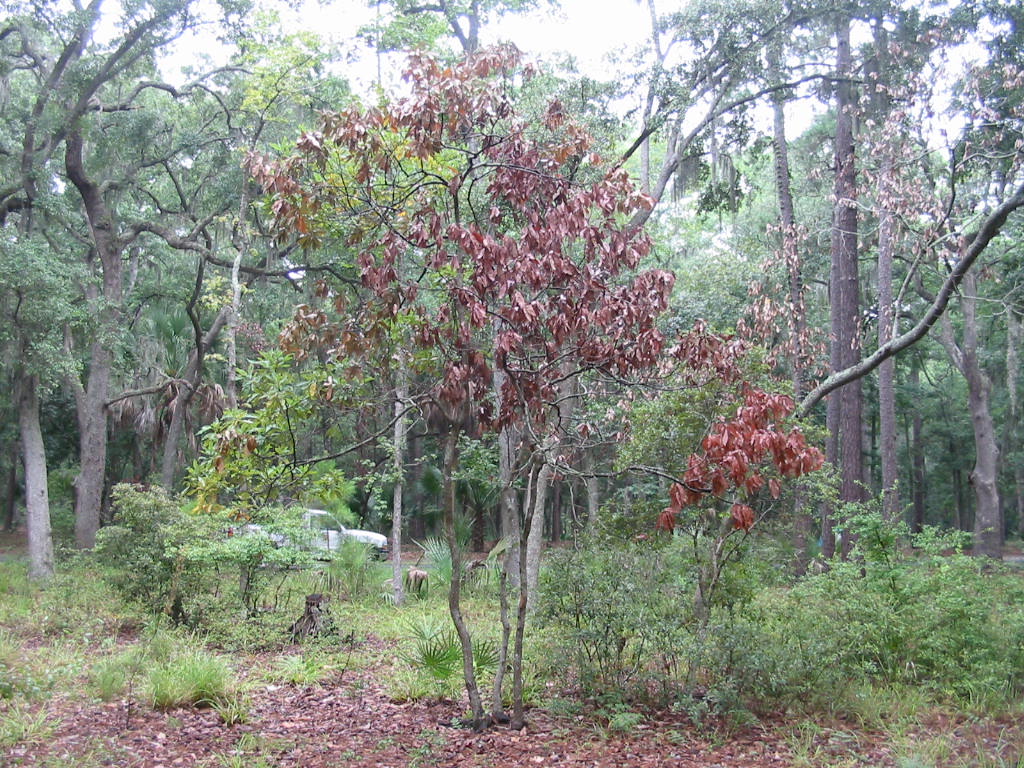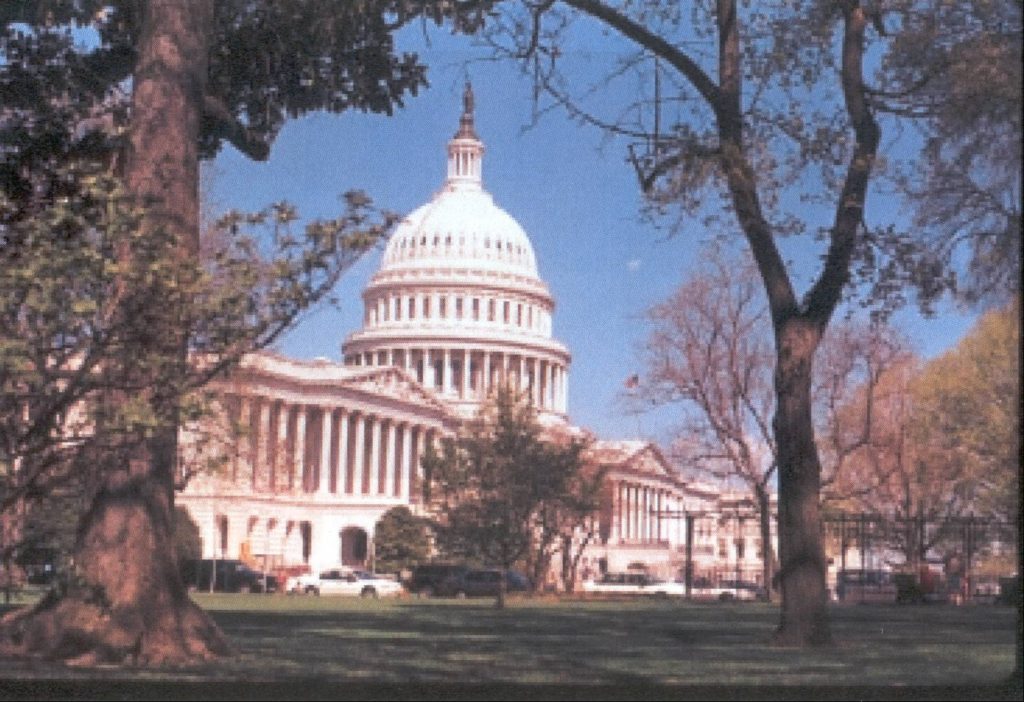
Rep. Peter Welch of Vermont has reintroduced his bill to improve programs intended to prevent introduction of non-native forest pests and enhance efforts to reduce their impacts. The latter provisions include support for breeding trees resistant (or tolerant) to the pest. I hope H.R. 1389 will be adopted – then spur new efforts to conserve and restore forest trees! Please follow my suggestion below.
The Invasive Species Prevention and Forest Restoration Act H.R. 1389 is co-sponsored by Reps. Brian Fitzpatrick (PA), Annie Kuster & Chris Pappas (NH), and Elise Stefanik (NY).
For updates, visit https://www.congress.gov/search?q={%22congress%22:[%22117%22],%22source%22:%22all%22,%22search%22:%22HR%201389%22}&searchResultViewType=expande
When he introduced the bill, Rep. Welch said
“Invasive species are devastating to forests which are a central part of Vermont’s economy and our way of life. This bill will fund efforts to revitalize damaged forests and highlight the need for making this a priority within the federal government.”
Major provisions of H.R. 1389:
- Expands USDA APHIS’ access to emergency funding to combat invasive species when existing federal funds are insufficient and broadens the range of actives that these funds can support.
- Establishes a grant program to support institutions focused on researching methods to restore native tree species that have been severely damaged by invasive pests.
- Authorizes funding to implement promising research findings on how to protect native tree species.
- Mandates a study to identify actions needed to overcome the lack of centralization and prioritization of non-native insect and pathogen research and response within the federal government, and develop national strategies for saving tree species.
As I have described in earlier blogs, the measures adopted by federal and state governments to prevent non-native pathogen and insect pest introductions – and the funding to support this work – have been insufficient to meet the growing challenges. In just the past decade, several new tree-killing pests have been detected: polyphagous and Kuroshio shot hole borers, spotted lanternfly, two rapid ʻōhiʻa death pathogens, Mediterranean oak beetle, velvet longhorned beetle. Over the same period, the Asian longhorned beetle has been detected in Ohio and South Carolina; the emerald ash borer expanded its range from 14 to 35 states; the redbay ambrosia beetle and its associated fungus spread from five states to 11; a second strain of the sudden oak death fungus appeared in Oregon forests; and whitebark pine has been proposed by the US Fish and Wildlife Service for listing as Threatened under the Endangered Species Act.
During this same period, funding for the USDA Forest Service Forest Health Protection program has been cut by about 50%; funding for USFS Research projects targetting 10 high-profile non-native pests has been cut by about 70%.
One reason for this disconnect between need and resources is that the non-native tree pest problem is largely out of sight and therefore does not lend itself to the long-term public attention needed to remediate the threats. It is up to us to raise the political profile of these issues.
On the positive side, the passage of time has brought forth new solutions, a deeper understanding of the genetics of plants and animals, new measures for igniting public awareness and invasive identification, new technologies and strategies for helping trees adapt, and a recognition of what resources and organization it will take to mount a proper solution to the problem.
“Project CAPTURE” (Conservation Assessment and Prioritization of Forest Trees Under Risk of Extirpation) has proposed priority species for enhanced conservation efforts. Top priorities in the continental states are listed below. A separate study is under way for forests in Hawai`i, Puerto Rico, and U.S. Virgin Islands.

- Florida torreya (Torreya taxifolia)
- American chestnut (Castanea dentata)
- Allegheny chinquapin (C. pumila)
- Ozark chinquapin (C. pumila var. ozarkensis)
- redbay (Persea borbonia)
- Carolina ash (Fraxinus caroliniana)
- pumpkin ash (F. profunda)
- Carolina hemlock (Tsuga caroliniana)
- Port-Orford cedar (Chamaecyparis lawsoniana)
- tanoak (Notholithocarpus densiflorus)
- butternut (Juglans cinerea)
- eastern hemlock (Tsuga canadensis)
- white ash (Fraxinus americana)
- black ash (F. nigra)
- green ash (F. pennsylvanica).
For a brief explanation of Project CAPTURE, see my earlier blog here. For an in-depth description of the Project CAPTURE process and criteria for setting priorities, read Potter, K.M., M.E. Escanferla, R.M. Jetton, and G. Man. 2019. Important Insect and Disease Threats to United States Tree Species and Geographic Patterns of Their Potential Impacts. Forests 2019, 10. https://www.fs.usda.gov/treesearch/pubs/58290

Please ask your representative to co-sponsor H.R. 1389. Please ask your senators to sponsor a companion bill. For more information, contact Alex Piper at Alex.Piper@mail.house.gov or 202-306-6569 .
H.R. 1389 is endorsed by Vermont Woodlands Association, American Forest Foundation, Center for Invasive Species Prevention, the Reduce Risk from Invasive Species Coalition,, Entomological Society of America, and North American Invasive Species Management Association.
Posted by Faith Campbell
We welcome comments that supplement or correct factual information, suggest new approaches, or promote thoughtful consideration. We post comments that disagree with us — but not those we judge to be not civil or inflammatory.
For a detailed discussion of the policies and practices that have allowed these pests to enter and spread – and that do not promote effective restoration strategies – review the Fading Forests report at http://treeimprovement.utk.edu/FadingForests.htm